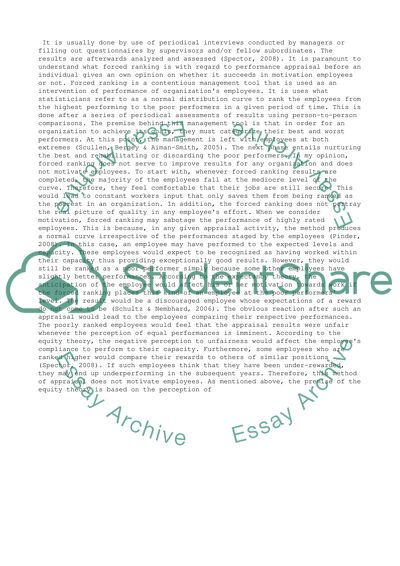Cite this document
(“Forced ranking and motivation Case Study Example | Topics and Well Written Essays - 1000 words”, n.d.)
Retrieved from https://studentshare.org/management/1396637-case-study
Retrieved from https://studentshare.org/management/1396637-case-study
(Forced Ranking and Motivation Case Study Example | Topics and Well Written Essays - 1000 Words)
https://studentshare.org/management/1396637-case-study.
https://studentshare.org/management/1396637-case-study.
“Forced Ranking and Motivation Case Study Example | Topics and Well Written Essays - 1000 Words”, n.d. https://studentshare.org/management/1396637-case-study.


